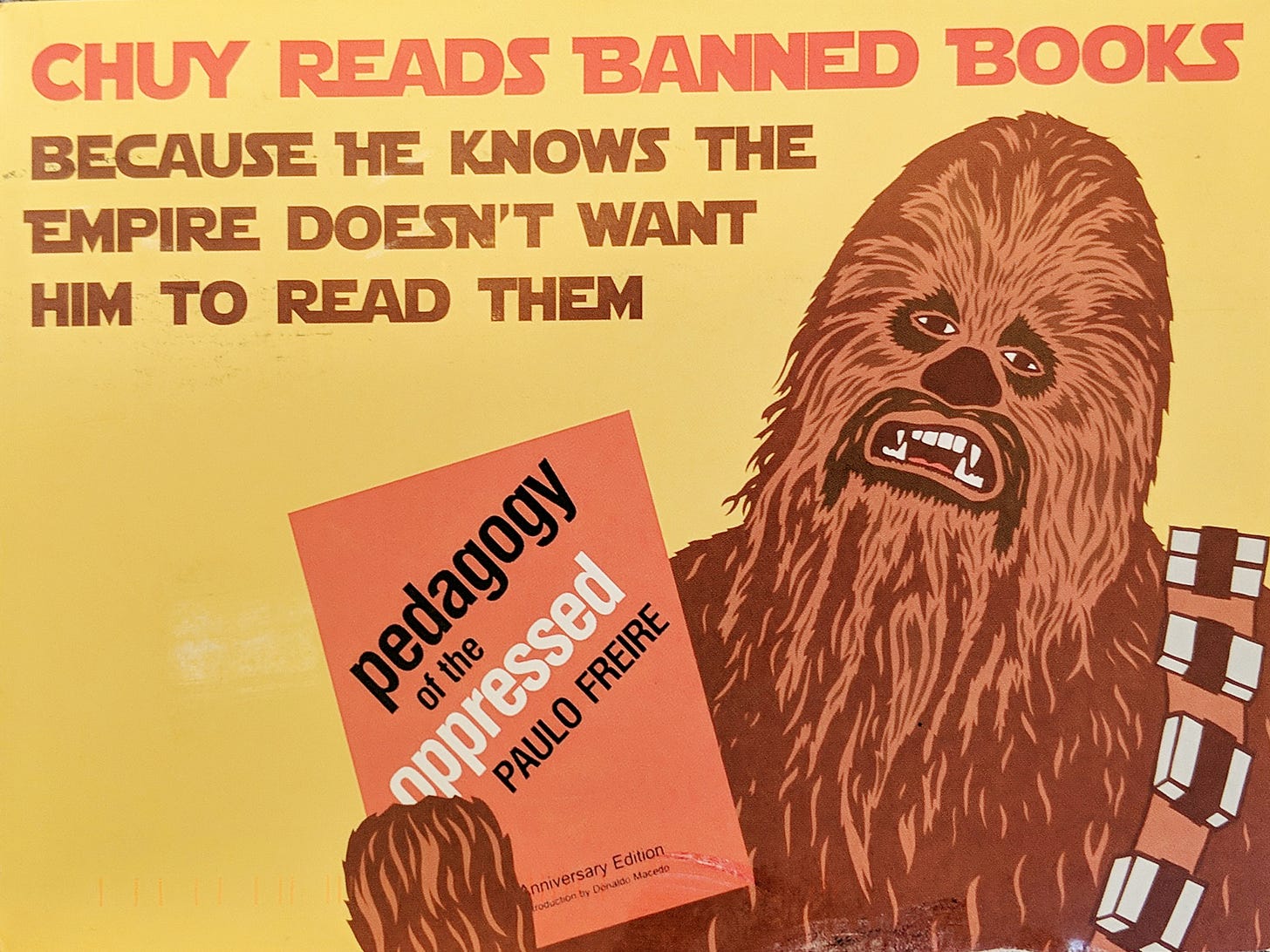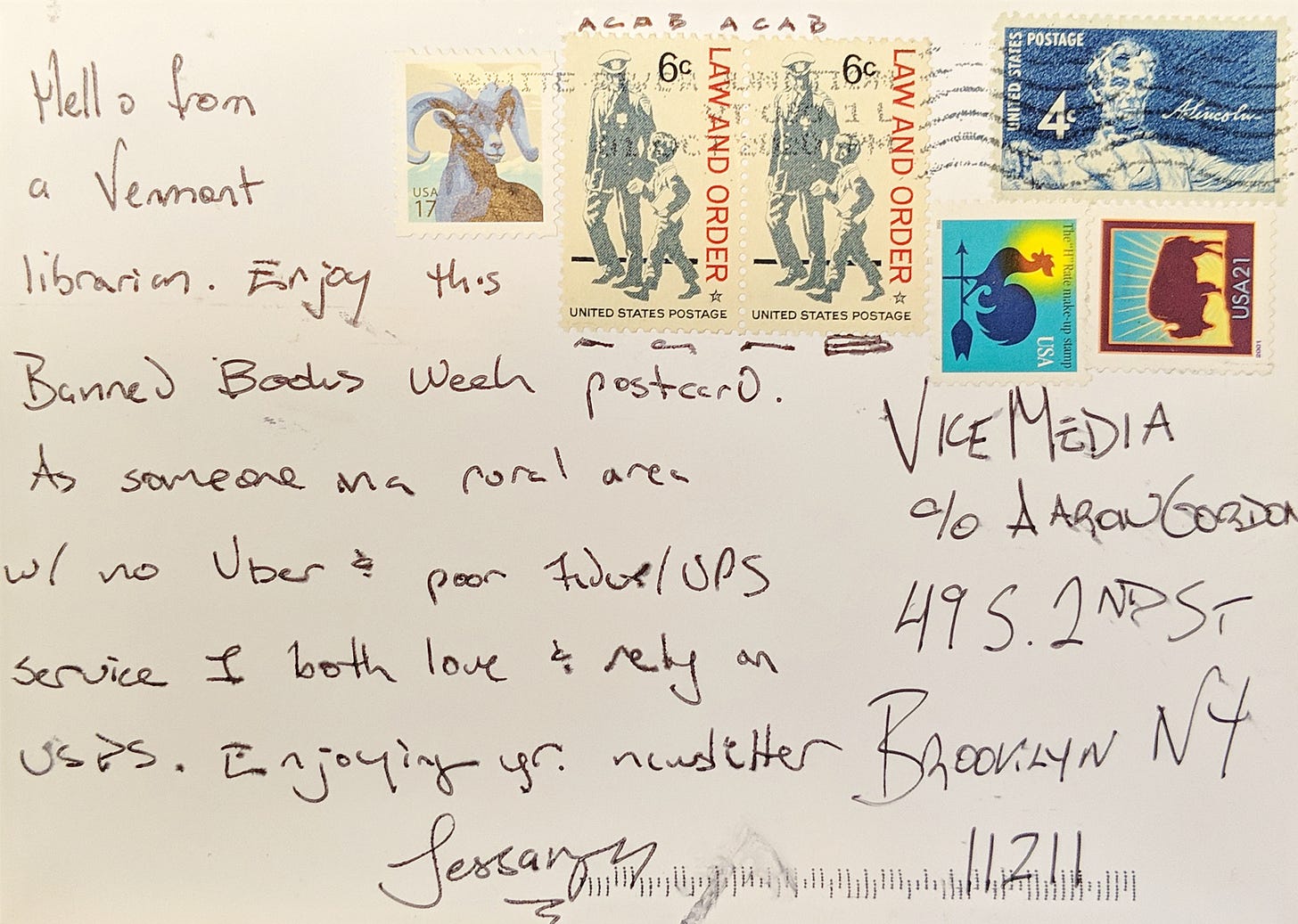Why I'm Not Voting by Mail
And Why You Probably Shouldn't Either
On Tuesday, I received an absentee ballot. It was the second absentee ballot I had received from the New York City Board of Elections in two weeks. I had filled out, completed, and mailed back the first ballot. Now I was holding another one that also had my name on it. After speaking to a Board of Elections representative on the phone, I was told to fill out this second ballot, too, because the first one no longer counted.
If you live in New York City, you might already know why this happened. The contractor screwed up printing the first ones, sending secrecy envelopes with the wrong names on them. As it happened, my first ballot was not one of the screwed up ones—I was aware of the problem and had checked to make sure before filling it out—but the BOE decided to send everyone in Brooklyn a new ballot regardless.
This is hardly the first time the New York City Board of Elections messed up and I highly doubt it will be the last. But in this case, the latest screw-up was the final nudge I needed to push me over the edge. I am not going to vote by mail. I'm voting in person on Election Day. And I really think most of you should, too.
When we started this project, a lot of us thought the USPS would be a potential weak link in the voting-by-mail chain. This made sense at the time given the slowdowns implemented by Louis DeJoy and the agency's financial situation. But thanks to extensive public outcry and five separate federal judges issuing injunctions against the USPS from messing with election mail, I feel really good about the postal service delivering the overwhelmingly vast majority of ballots in a timely fashion to local election officials. There will, of course, be screw ups and small issues affecting a few dozen voters here and a few hundred voters there, but they will be nothing in comparison to the much larger systemic issues with mail-in voting in this country that have nothing to do with the ballot getting from place to place.
I am hardly the only one coming to this realization in recent weeks. Derek Thompson at The Atlantichad a great article about how voting in-person is much safer than we thought months ago while voting by mail has a number of issues in terms of having people's votes actually count. Democratic strategists around the country have been getting wise about the problem as well, shifting tactics to urge more people to vote in person.
Unfortunately, voting by mail seems like a process designed more to weed out ballots rather than count them. The rules vary by state, but generally speaking, the more fields voters have to fill out and the more rules they must comply with, the higher the rejection rate.
Some states like New York simply require a signature which needs to match the one the local election officials have on file. Young voters in particular are vulnerable to having their ballots rejected due to a signature not matching, a study by a voting non-profit in California found, because young people don't put much thought into creating a distinctive signature and refine it over time, exactly the kind of process that would get their ballot thrown out. Most young people's signatures are scribbles they make up to sign credit card receipts quickly. I, for one, can verify that I did not think about creating a unique identifier that would ensure my vote was counted when I came up with my John Hancock. As a helpful New York Times interactive demonstrated, it can be really challenging to match signatures if you don't know what you're doing. This is great for rejecting fraudulent ballots, but it means throwing out a lot of legitimate ones, too. Back in June during the primaries, 80,000 ballots from New York City out of 400,000 were thrown out, about one out of every five ballots, a staggering toll of voter disenfranchisement. And voters were not notified of what they did wrong so they could correct it in future elections. It is a pretty shitty feeling sitting here with no idea whether my vote in the primary—which in NYC is the most important election for determining local candidates—was counted!
According to the Times, 28 states and DC will give aspiring voters a chance to "cure" ballots with problems (and the courts are generally friendly to these requirements on due process grounds). For the first time, New York will be one of those states this November. But, for my own voting purposes, I don't have a ton of faith in the Board of Elections to execute that process well, given that with the surge of mail-in voting we could be talking about millions of mail-in ballots in the city alone requiring hundreds of thousands of cures if not more.
And that is just regarding signatures. Three states, including the battlegrounds Wisconsin and North Carolina, require witnesses as well as signatures. In Wisconsin, witnesses are required to put in their address. According to an investigation by the non-profit news organization Reveal, 13,834 ballots were thrown out in the Wisconsin primaries because some fields on the witness form were not filled out properly, a number that is sure to increase in the general election with its higher turnout. The voters weren't notified or given a chance to correct them, nor will they be allowed to in November.
All of this would be a regrettable reality if the health risk of voting in-person was quite high. But for most people, it simply isn't. As Thompson noted, other countries have held nationwide elections with in-person voting without tracing any outbreaks to the voting booths, nor have any outbreaks been traced back to primary voting. As long as people generally behave themselves and wear masks, the voting booth ought to be no more dangerous from a pandemic standpoint than the grocery store check-out line.
That being said, I am still a huge proponent of universal vote-by-mail as a concept every state should strive towards. People in states that have had that in place for years such as Washington, Utah, and Colorado should absolutely continue to vote by mail if they prefer. Those states have experience with high volumes of vote-by-mail, signature verification, and robust methods for allowing voters to cure ballots. It is the states like New York, Ohio, and Texas that have suddenly implemented expanded and complicated vote-by-mail procedures I'm worried about. And, of course, if you have pre-existing health issues that make even going to the grocery store or the voting booth an uncomfortable prospect—or if you simply can never be bothered to vote in person but find vote-by-mail an acceptable middle ground—roll the dice with vote-by-mail. It's better than putting yourself at unnecessary risk or not voting at all.
But if you aren't sure what your signature looks like, aren't familiar with your state's vote-by-mail laws, or generally feel fine about voting in person as usual, it's something we should do. This is an extremely important election and I want to do everything in my power to ensure my vote counts. It turns out the USPS isn't a weak link in the vote-by-mail chain at all. In fact, it may be the strongest.
This Week In Mail
Americans generally agree on the post office. They overwhelmingly like the post office. And a new poll finds they support it being run like a public service and not a business by a two-to-one margin.
The courts are already playing an important role in this year's election. So far, that role has been to reject GOP claims of voter fraud in mail-in voting and generally uphold whatever election rules the state law requires, regardless of whether that law makes voting easier or harder.
Steve Hutkins at Save the Post Office reviewed documents from eleven lawsuits against the Postal Service to cobble together evidence that new management has a super aggressive plan to slash the number of work-hours after the election, which would likely hobble the post office and make current service levels impossible.
Despite the court injunctions and DeJoy's promises, service has not returned to its pre-DeJoy levels in some areas. Senator Bob Casey from New Jersey published evidence of first class mail backlogged by weeks.
Perhaps on a related note, the USPS is blocking elected officials from inspecting facilities claiming it's too close to the election, which as far as I can tell is a completely made-up reason. Previously, some facilities had scrambled to hide backlogged mail before elected officials showed up.
Sexy postal worker Halloween costumes? Sexy postal worker Halloween costumes.
Postcards
I went to the office to get the latest batch of postcards this week and some of them were postmarked from weeks ago. To be honest, I don’t know if this is a USPS failure or has to do with the way mail is being collected and sorted at our office or both. Which is to say, keep the postcards coming, we’ll get them (eventually). Our address is:
VICE Media c/o Aaron Gordon
49 S 2nd St.
Brooklyn, NY 11211


In 6th grade I wrote an entire science report without any vowels for no good reason other than I thought it would be funny. I got a B-.


That six cent “Law and Order” stamp was issued in 1968 “to encourage concern for order and respect for law” according to the Mystic Stamp Company. This led me down a Controversial Stamp rabbit hole in which I learned the United States Post Office issued a stamp honoring Confederate Civil War generals in 1937. It was controversial not because it was a stamp honoring racist traitors, but because Robert E. Lee was shown with only two stars on his shoulder even though he was a three star general.


Wash hands
Wear masks
Write letters
Aaron

